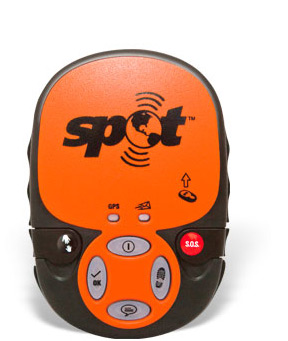Overland advice series, 10 of 10. Neither of us are medical professionals. What follows are our amateur observations. Consult your doctor before making a decision.
Malaria
- The majority of Westerners driving the PanAm do not take prophylactic medicine for Malaria.
- We never encountered a local who was taking a prophylactic for Malaria..
- We found Doxycycline (Spanish: Doxiciclina) to be the most commonly used. It is a broad spectrum antibiotic taken daily.
- Doxy and other Malaria medication can be purchased over-the-counter in most of Latin America
- Brianna was on Doxy for much of the trip and had no noticeable side effects. Logan did not take a prophylactic but carried a month supply of Doxy to take if symptoms appeared.
- Most of Central America is chloroquine-sensitive. Meaning these countries have a strain of Malaria resistant to the anti-malarial drug chloroquine.
- There is no prophylactic that is 100% effective. There is not one particular medication that is regarded as the best. All of them have a long list of pros and cons.
- Mosquito deterrents (DEET spay, netting, gin and tonics) are your best defense.
Immunizations
We had the following immunizations:
- Yellow Fever – for which you will receive a yellow card that may be required to enter various countries in South America.
- Hepatitis A
- Hepatitis B
- Typhoid
- Rabies
- Tetnis (Tdap)
First Aid
Carrying a first aid kit is a must but the contents and size of your kit will vary depending on your needs. We have the ‘2 person multiple days’ kit from Adventure Medical Kits, a popular company among wilderness explorers. Our kit includes a 200 page manual on Wilderness & Travel Medicine. For our needs a guidebook to accompany the first aid equipment was a must.
Additional Medication
- Birth control pills can be purchased cheaply and easily in Latin America compared to the US. As low as $1 a month in Bolivia.
- Ciprofloxacin (CIPRO): An antibiotic typically used to treat diarrhea or bacterial dysentery. Our doctor set us up with 20 tablets to use at our discretion.
- Acetazolamide (DIAMOX): used to speed your acclimation to high altitude. We carried some along as our driving altitude exceeded 15,000 feet on several occasions. It was never needed.
- We carried the following to supplement our first aid kit: Aspirin, Ibuprofen, stomach acid reducers, band-aids, freezer pack, etc.
Consultation
In Latin America the pharmacist plays an active role in diagnosing ailments. When faced with a medical situation beyond our control we always sought the assistance of the town pharmacist first. When Logan had the metal sliver embedded in his eye, the pharmacist phoned ahead to ensure the English-speaking doctor was in and could handle the case.
Insurance
We used World Nomad insurance. The majority of unemployed long-term travelers we asked were on this same plan as it is endorsed by Lonely Planet. Their insurance covers the very basics for emergency health, dental and evacuation. When visiting doctors or dentists our bills were always well under the $500 deductible, so we never had to file a claim.
In addition to health insurance we took out a policy with GEOS in conjunction with our Spot messenger. This insurance covers any search and rescue costs.
























































Pingback: Propane in Latin America | PanAm Notes